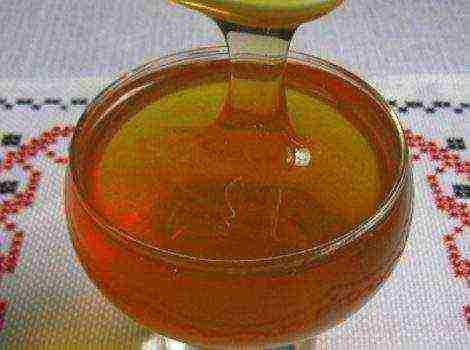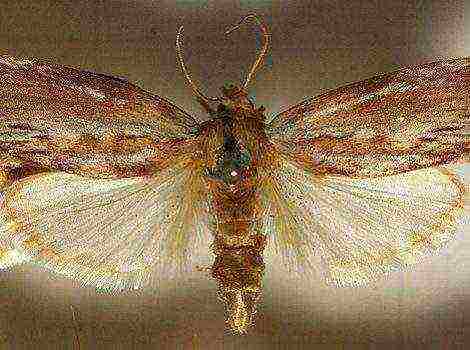Content
How to make a swarm with your own hands
All beekeepers encounter such a phenomenon as swarming of bees. It happens for many reasons. Some experienced beekeepers argue that swarming can be avoided. But, if it already happened, then the swarm that flew out needs to be caught and for this the beekeepers will be helped by a special box - the swarm.
In this article, we will talk about how to make a swarm with your own hands from various materials at hand.
What is a swarm?
Swarm for bees (trap) - a lightweight box or basket for catching and transporting a swarm that has flown out.
What should be the trap?
- Large enough for large swarms.
- Have light weight and strength.
- With air circulation.
- Have a comfortable fit.
- In order to secure the trap in various hard-to-reach places, there must be comfortable hooks or a strap.
- The lid should not crush the bees.
Today Butlerov's design is popular among beekeepers. It consists of a frame with hoops on it. They press down on the wire mesh. The upper part consists of a hinged, tight-fitting lid. Hanging hooks are attached to the side. Trap size:
- with a diameter of 30-35 cm;
- 40-45 cm high.
Equipped with tools: scoop and scooper.

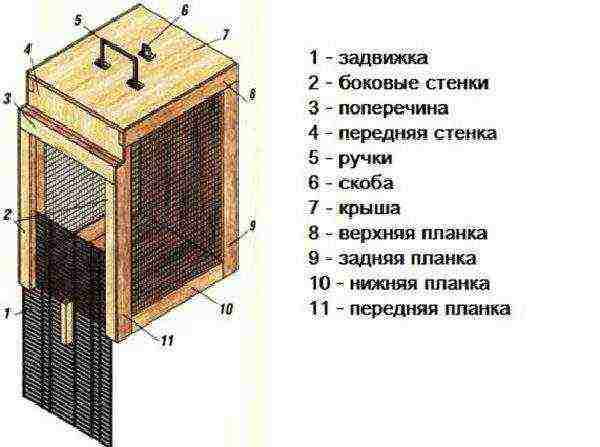
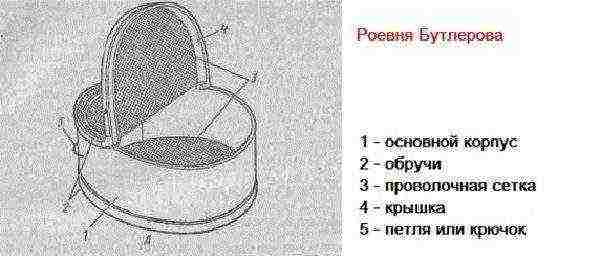
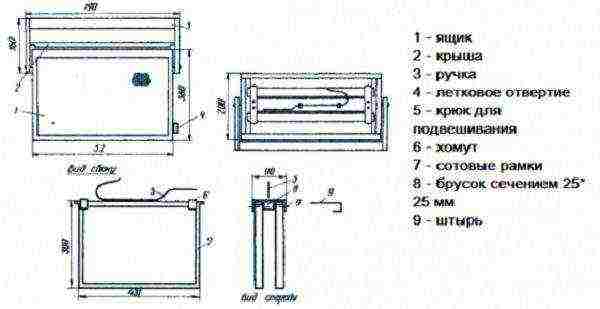
For the manufacture of swarms, plywood and expanded polystyrene are perfect.
How to make a swarm for bees with your own hands?
Since the swarm is best made of lightweight materials, plywood is most suitable for manufacturing.
It has many virtues. Cheap material. Lightweight. It is made of natural wood, so it is an environmentally friendly material, which means that the bees will feel comfortable in it. Possesses durability. It is produced in several types and grades, differing in cost and thickness, and even moisture resistance.
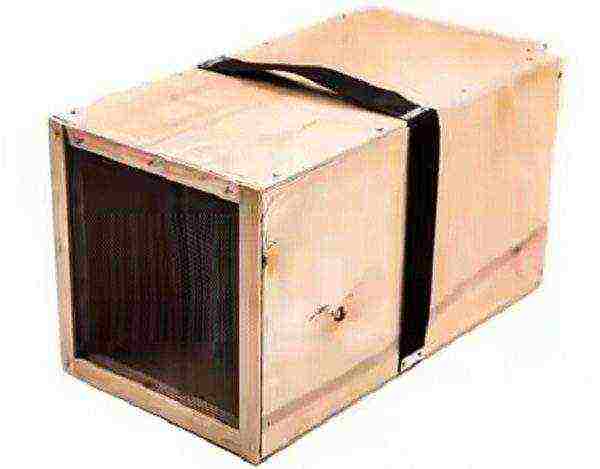
It is worth considering in more detail how to make a swarm for bees with your own hands according to plywood drawings. Used for manufacturing.
- Metal grid.
- Wood dies or pressed boards.
- Mosquito net.
- Plywood.
- Cardboard.
- Waterproof glue.
- Scissors.
- Wood tools.
Manufacturing instruction
Method 1:
- Dimensions:
• bottom - 35 * 45 cm;
• side walls (2) - 30 * 45 cm;
• cover - 20 * 45 cm;
• front wall - 35 * 20 cm. - First of all, cut out the details.
- Glue all the details together.
- Make a notch on the side wall measuring 1 * 8 cm.
- Make an air exchange frame.
- Put the net on it tightly, secure with boot studs.
- Knock off 4 walls into a box.
- Attach hangers on the inside of the back and front walls. Beveled the lower part. Frames with honeycombs will be placed here.
- Attach the lid to the latch. Make a hole in the lid. Cover it with mesh.
- Attach hooks from the sides. They are needed to attach the trap to the trees.
Method 2:
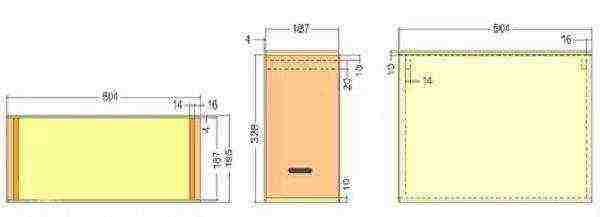
- Cut out the side walls.
- Frame, a 4 cm wide rail is suitable for manufacturing.
- In the frame make folds to establish a framework.
- Cut out a 1 * 1 cm notch on the front wall.
- Assemble the side and end walls.
- Install cover... Top up with tin.
- Put dry in the finished swarm, at least five frames.
- To attract bees, rub it with wax or propolis, or mint, or citrus peels.
- Attach handles for ease of transportation.
- To increase the service life, you can Prolify and paint, but this must be done in advance in order to have time to weather all the smells.
The swarm can be made in other shapes.
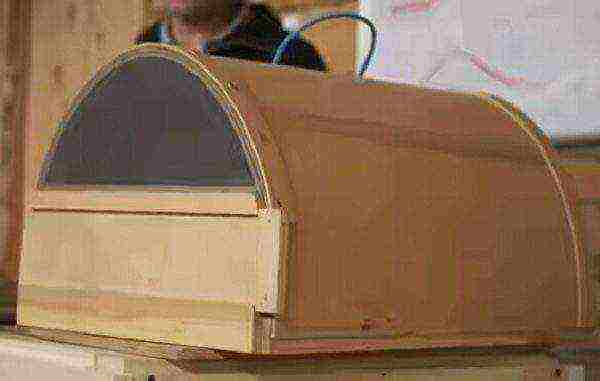
And a visual video on how to make a swarm.
Expanded polystyrene swarming
Expanded polystyrene is lighter than plywood. Eco-friendly material. Mold will not grow on it. Moisture and airtight, but condensation forms. Additional ventilation holes in the hive are required. High thermal conductivity. Lasting. Mice, bees and birds do not gnaw. These are all the pluses of it. The downside is that it is easily damaged mechanically and destroyed under the rays of the sun.
It is done quickly and the materials for its manufacture are inexpensive.
Consists of parts:
- bottom;
- roof;
- 4 walls.
To make a swarm, you should use the following materials:
- stationery knife;
- expanded polystyrene sheets (30 mm);
- ruler;
- pencil;
- glue Master, PVA or liquid nails;
- self-tapping screws;
- screwdriver.
Dimensions.
- side walls (2) - 51 * 35 cm;
- front and back - 30-25 cm;
- bottom - 51-36 cm;
- roof - 52-36 cm.
Cut the parts to size and glue them together. Secure with self-tapping screws for strength.
You may also be interested in:
- How to make a do-it-yourself bee trap.
- Medicinal properties and contraindications of propolis.
- The use of beeswax in folk medicine and cosmetology.
- How to use royal jelly correctly.
In order for the lid to close tightly, you need to make recesses:
- depth 0.5 cm;
- width 3 cm.
Cut the entrance in the form of a small square. During transportation, a mesh is attached to it.
Attach a strong tape to the swarm. With the help of it, the swarm is installed on the branches.
Design advantages:
- fast and cheap production;
- has a low weight.
The disadvantage is loose material, therefore, you need to work with it carefully so that the branches do not damage the body.
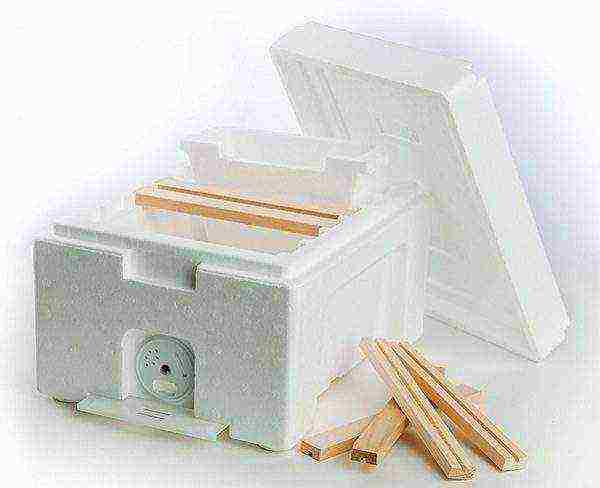
How to choose a place to install?
The swarm should be installed in advance, about two weeks before swarming. It is best to attach the trap to spruce and pine trees. Look at the tree, which will be 100 meters from the apiary or the edge of the forest. The optimal height is considered to be 5-6 m. The swarm is attached to the branches with a wire.
Check the trap every two weeks. If, upon checking, it is found that a family has already settled in it, cover the entrance and transfer it to a previously prepared hive. Reinstall the trap in the same place. To attract bees, rub it with attractive scents. In stores, you can buy special products "Apira" or "Apimil".
Making a swarm with your own hands is not a big deal, and it does not take much time. On long winter evenings, frames and hives can be made. Having made all these devices for work in the apiary yourself, you will be sure of their quality and thereby provide the bees with comfortable conditions, and they, in turn, will thank you with an excellent harvest of tasty and healthy honey.
Finally, a video on how to gather a swarm into a swarm.

